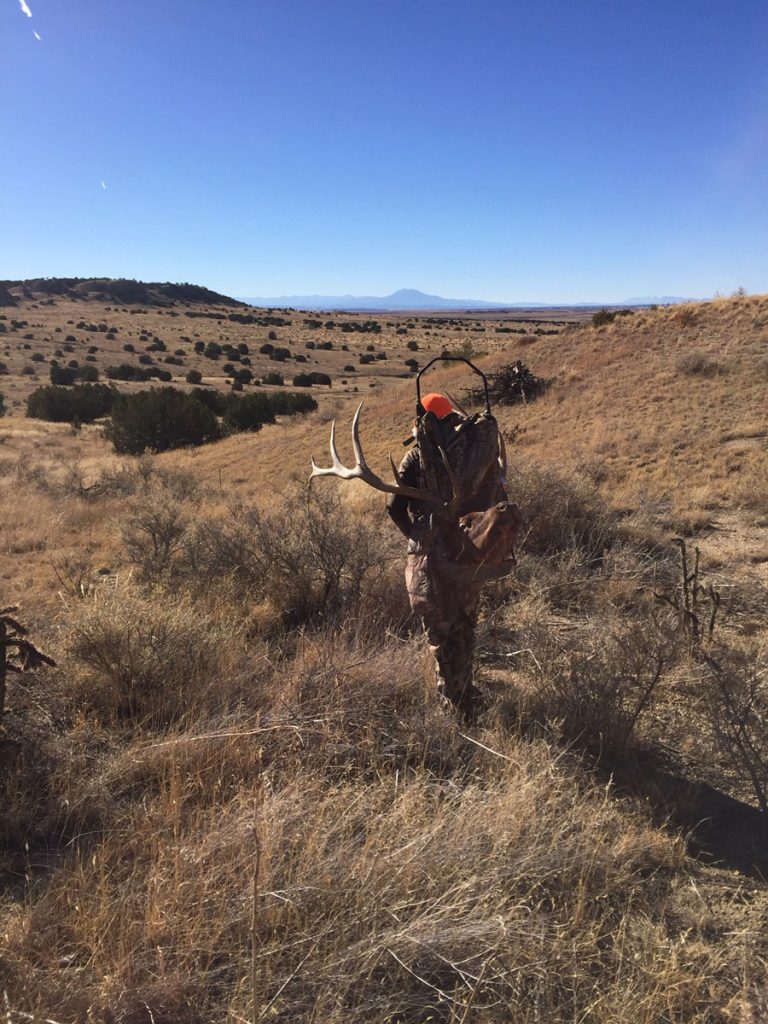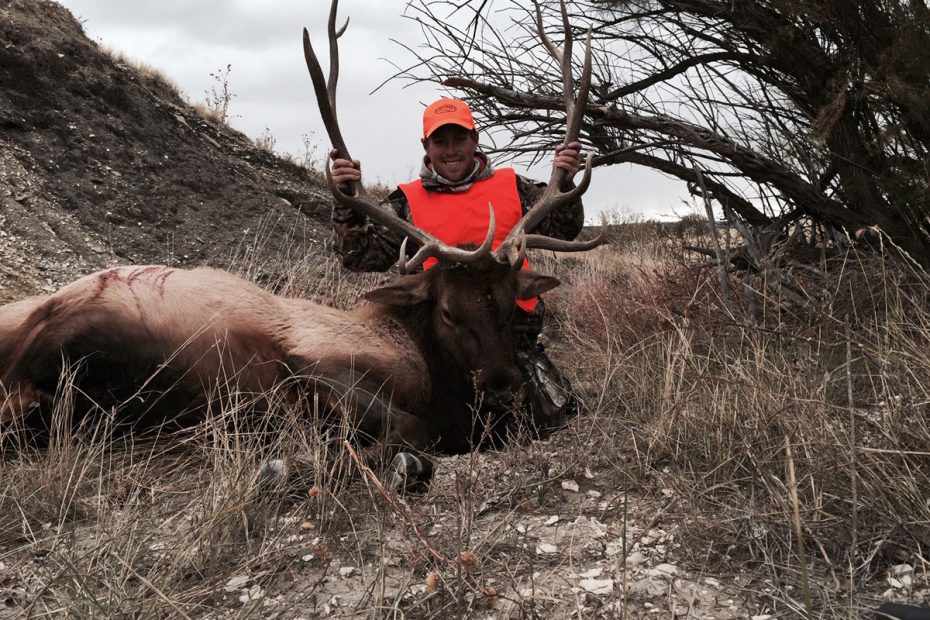When the early spring rolls around, there’s one thing I can’t get off my mind; applying for upcoming big game draws. In today’s draw systems, there are two prevailing ideas for the distribution of tags, opportunity, and trophy. Opportunity places emphasis on getting hunters in the field and trophy places emphasis on developing a larger and older age class of animals. There are several states that split this management system between species and my home state of Colorado is one of them. They choose to use a trophy system for mule deer and the opportunity system for elk. I have a few pointers to consider when looking to apply for this year’s big game draws.
For this piece, I will focus only on elk because mule deer are tricky to tackle due to the limitation of tags set by the state. The greatest thing about western states is the fact they offer opportunity style hunting systems, which allows better access to tags. States like Colorado and Idaho put a priority on the hunter’s opportunity to get into the field and hunt. There is something very cool about rolling up to a license dealer in the state and being able to walk out of the store with a tag in your pocket that allows you to have the opportunity to chase a big bull. The upside to this is that it is easy to get a tag, but the downside is that everyone and their brother can get into the woods and hunt. This can lead to the so-called “orange army” problem when you have more hunters than there is game.

The first tip I can give is to look for limiting factors or barriers to entry. These can include equipment or terrain. Using archery equipment can be a great limiting factor. Although archery hunting has become much more popular in the recent past, it can still offer hunters an area with less pressure. When using archery equipment, many states open up long seasons and great units. For example, in Colorado, with an archery tag, you can hunt ¾ of the entire state and some amazing units. So by choosing to hunt with a bow, you are trading in distance for less pressure. Meaning, you’ll have to get close for a shot but the chances of that shot happening are greater because of the lack of pressure.
Terrain can also have a great effect in limiting the amount of hunting pressure on a unit. The rule of thumb is that if you can walk to a road within 20 minutes then you are not far enough away. Look for areas and trailheads that are difficult to access and have limited or no roads to traverse the terrain. Even with endurance training, if you have ever shot an elk, you know that it can be a daunting task to pack a bull out alone. Most average hunters don’t want to take on this task and therefore count some great units out due to access.
Being realistic is very important when it comes to hunting a unit with over-the-counter tags. You need to realize that you are looking for a chance at an elk, not necessarily killing an elk. If you get the chance and don’t seal the deal you need to realize that you might not get another opportunity. This is not to say that you shouldn’t continue to hunt hard for another opportunity, but simply that you should be happy that you had the chance to put an elk on the ground. You need to understand that you’re not hunting a trophy unit. If you had a trophy tag in your pocket, you then could afford to be picky, which is not the case in an over-the-counter unit. I am often just as happy to have a chance at a legal bull as I would be to have a chance at a big bull.

Without a doubt, I would say that the greatest key to success in any state is getting to know your unit. When I first moved to Colorado, I spent several years running around the state looking for the “magic” unit. I looked for units with high success rates and easy accessibility. I poured over statistics and the web looking for the key to success. I learned fairly quickly that you can spend all this time looking for magic, or you can take the time to study and get to know the unit that you choose to hunt inside and out. Even if you are from out of state, you should acknowledge that the first time you decide to venture into a unit, it will be more of a scouting trip than hunting. Be happy just for the opportunity for a chance at an elk, because once you learn the unit over a couple years you will become much more successful.

I chose my unit and began to pour over the topo maps and satellite imagery of the terrain.
My unit has limited road access and contains good feed and water. I got out and scouted hard to learn where the elk were and how they moved through the unit. After several research trips looking for sign and elk, I was able to cut the unit into much smaller chunks and hunt those three or four areas instead of the entire unit. It is a much less daunting task on opening morning to decide between a few areas to go instead of considering the entire unit.
There is no substitute for hard work and scouting. Use the opportunity of over-the-counter tags to search the state for a unit that you can call your own. With some research and time in the field, you will find a unit that brings you success. It took me two years to find a unit that I was comfortable in, but once I found it, I have had an opportunity at an elk every year and have harvested some good bulls.

If you take advantage of the opportunity to hunt in these units, I think you will be very pleased. After all, you can’t shoot an elk if you are home sitting on the couch. By capitalizing on the over-the-counter tag policies in several western states, you can save up your points for a chance at one of the more attractive trophy units. This still gives you the opportunity to get out into the woods and chase elk. I can guarantee when you put the time and effort into scouting, no matter the size of the elk, it will be a trophy.


